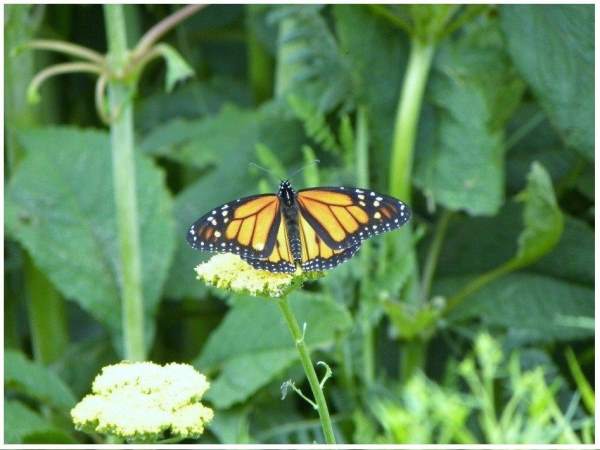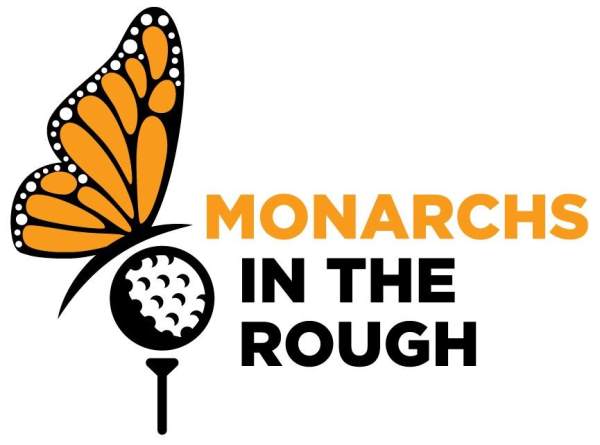Golf course managers across North America have begun planting milkweed and wildflower habitat to attract butterflies, bees and … golfers.
Audubon International and Environmental Defense Fund (EDF) recently partnered to launch Monarchs in the Rough, a program to assist golf courses in the United States, Canada and Mexico in creating habitat

for monarch butterflies and other pollinators in out-of-play areas.
The program first rolled out in January 2018 with a goal of enrolling 100 courses. Today, the program has far surpassed its initial goal by enrolling more than 250 courses. The program has set a new goal of enrolling 500 additional courses and launched a new website to feature participating courses.
“The response from the golf community to helping pollinators recover from dramatic declines in recent years has been tremendous,” said Christine Kane, CEO of Audubon International. “Habitat loss is a key driver of the monarch butterfly’s decline, and golf courses are uniquely positioned to help create new habitat and turn things around for this iconic species.”
Golf course properties occupy approximately 2.5 million acres in the United States. Audubon International estimates there are at least 100,000 acres that have the potential to become suitable habitat for butterflies and bees, if managed appropriately.p create new habitat and turn things around for this iconic species.”
Monarchs in the Rough encourages golf courses to adopt conservation practices such as planting milkweed and other wildflowers that monarchs need to breed and feed, in addition to changing mowing practices to support the timing of the monarch’s migration, and protecting sites from pesticide treatments.
“This program is not only helping turn things around for the monarch – it’s also an opportunity for the golf community to change the assumptions many people have about golf courses being unsustainable,” said Yank Moore, land manager for the Jekyll Island Authority and Golf Club in Jekyll Island, Georgia. “We have a real opportunity here to showcase the stewardship ethic of golf course managers and superintendents, and to educate the public about conservation practices that support monarchs and other pollinators.”
Monarchs in the Rough provides course superintendents and staff with the information they need to incorporate monarch habitat into the unique layout of each course.
 “We bring the scientific expertise and the technical support, and the golf courses bring the land and the staff who are already well positioned to implement conservation practices,” said Daniel Kaiser, senior manager of habitat markets at EDF. “As an avid golfer and conservationist, I couldn’t be more excited about this partnership and the potential it has to help change the trajectory for the monarch butterfly.”
“We bring the scientific expertise and the technical support, and the golf courses bring the land and the staff who are already well positioned to implement conservation practices,” said Daniel Kaiser, senior manager of habitat markets at EDF. “As an avid golfer and conservationist, I couldn’t be more excited about this partnership and the potential it has to help change the trajectory for the monarch butterfly.”
“I can’t wait to hear what our golfers have to say about these conservation efforts,” said Isaac Breuer, golf course superintendent at the A.L. Gustin Golf Course at the University of Missouri. Breuer is an early program participant who has incorporated wildlife habitat management into the university course since 2010.
“We know that our golfers notice and appreciate every effort we make to improve the natural beauty and sustainability of the course, because it makes the whole experience more enjoyable for both the golfer and the butterfly,” Breuer said.
Monarchs in the Rough www.monarchsintherough.org

